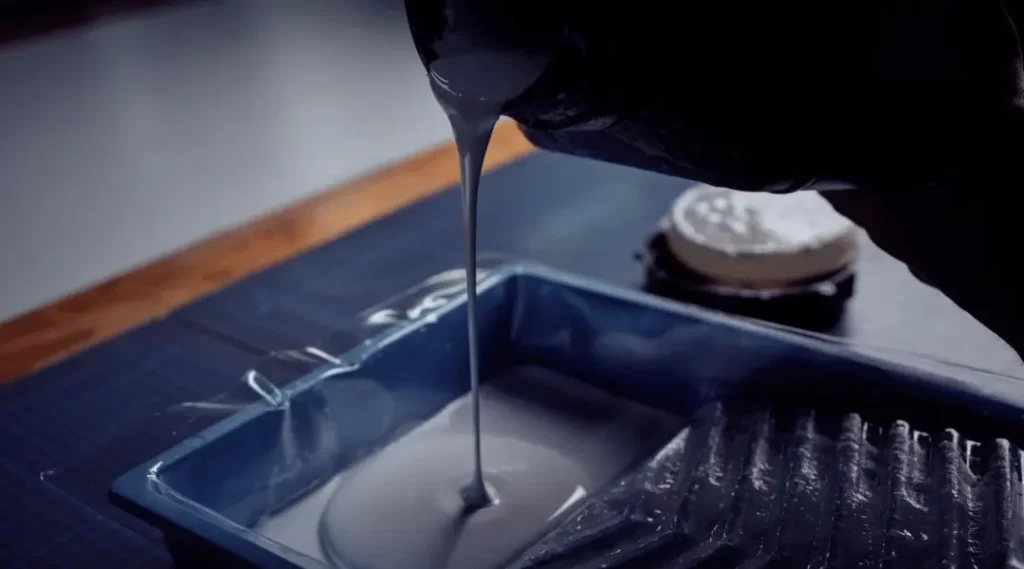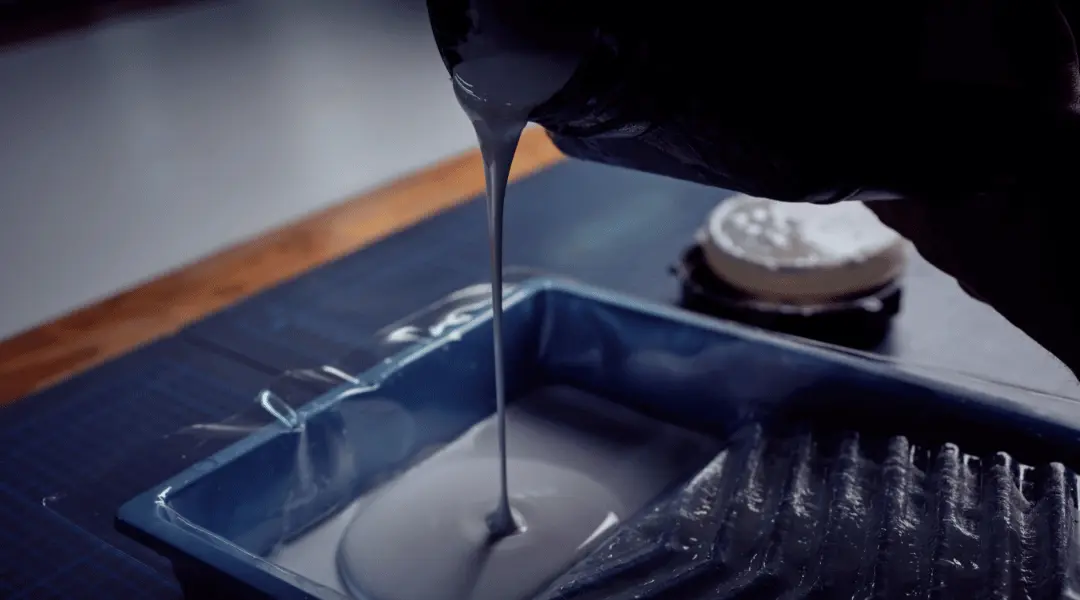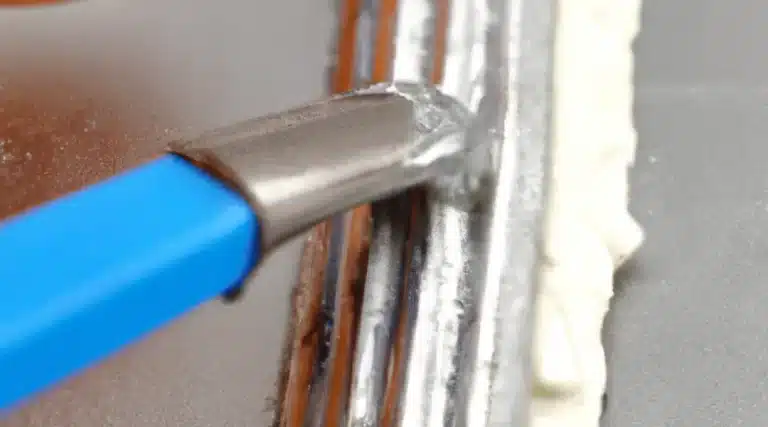Bookbinding glue is a type of adhesive that is commonly used in bookbinding processes. It is a crucial component in creating a durable, long-lasting book, and can significantly impact the overall quality of the final product.
Understanding the properties and characteristics of bookbinding glue is essential for those looking to create high-quality books, whether for personal or professional use.
In this article, we will explore the uses, advantages, and disadvantages of bookbinding glue. We will also discuss the different types of bookbinding glue available and provide tips for successful bookbinding with glue.
Whether you are a bookbinding enthusiast or a professional bookbinder, this article will provide valuable insights into the world of bookbinding glue and its role in creating beautiful, functional books.
Understanding Bookbinding Glue

The process of binding a book necessitates an understanding of the type of adhesive employed, including its chemical composition, bonding mechanisms, and physical properties.
There are different types of bookbinding glue available in the market, ranging from synthetic to natural, each with its unique properties of adhesive.
For instance, PVA (polyvinyl acetate) glue is a synthetic adhesive that is easy to apply, dries quickly, and provides a strong bond. On the other hand, animal-based glues, such as hide glue, are derived from collagen and are known for their strength, flexibility, and ability to be reactivated with heat.
Understanding the properties of adhesive is crucial in determining the most suitable glue for a particular bookbinding project. With this knowledge, one can make informed decisions on the type of glue to use depending on the type of paper and cover materials, the binding technique, and the desired outcome.
Transitioning into the subsequent section about common uses of bookbinding glue, it is worth noting that the choice of adhesive is also influenced by the specific application, such as hardcover bookbinding, perfect binding, or case binding.
Common Uses of Bookbinding Glue
Bookbinding glue is a crucial component in the production of books and journals, as well as in the repair of old books and binding of loose pages.
The adhesive properties of bookbinding glue make it ideal for securing pages together and ensuring they remain intact over time.
With its versatility and strength, bookbinding glue is a necessary tool for anyone in the book-making or book-repairing industry.
Production of Books and Journals
The process of creating books and journals involves a series of steps that require the application of a binding agent to create a sturdy and durable product. Bookbinding techniques such as sewing or gluing are commonly used to join the pages together.
The paper grain direction is also an important factor in bookbinding, as it affects the strength and flexibility of the spine. Additionally, the type of glue used can impact the overall quality of the finished product, with some glues providing a stronger hold than others.
The production of books and journals requires careful attention to detail and a deep understanding of bookbinding materials and techniques to ensure a successful end product. With this knowledge, bookbinders can create beautiful and long-lasting books and journals that can withstand the test of time.
Moving forward, repairing old books and binding loose pages can also be a complex process that requires a different set of skills and techniques.
Repairing Old Books and Binding Loose Pages
Repairing old books and binding loose pages is a complex process that requires a deep understanding of traditional bookbinding techniques and materials, as well as the ability to carefully assess the condition of the book and determine the best approach for ensuring its longevity and usability.
Restoration techniques such as cleaning, deacidification, and re-sewing damaged bindings can help to revitalize old books and restore them to their former glory.
Additionally, page reinforcement using archival-quality adhesives like PVA (polyvinyl acetate) can help to prevent further damage and ensure that loose pages stay securely in place.
It is important to note, however, that not all adhesives are created equal, and it is essential to choose the right type of adhesive for the job in order to avoid causing further damage to the book.
In the next section, we will explore the advantages of using bookbinding glue and how it can be used to create strong, durable book bindings.
Advantages of Using Bookbinding Glue
The utilization of bookbinding glue in the binding process presents a range of benefits that can improve the durability and overall quality of the final product.
This adhesive is easy to use and creates a strong bond between the pages, ensuring that the book remains intact for a longer period of time.
Bookbinding glue is also flexible, allowing the book to open and close smoothly without damaging the spine or pages.
Additionally, this type of glue is resistant to heat and moisture, making it ideal for books that will be exposed to harsh environments.
However, there are also some potential disadvantages to using bookbinding glue that should be considered, such as its potential to become brittle over time and the difficulty of removing it if repairs are needed.
Disadvantages of Using Bookbinding Glue
Understanding the limitations of traditional binding methods is crucial for ensuring the longevity and preservation of books and other printed materials. While bookbinding glue offers numerous advantages, there are also several disadvantages that should be considered. Here are five potential limitations of using bookbinding glue:
1) Glue can be messy and difficult to work with, leading to uneven binding and potential damage to the book’s pages.
2) Over time, the glue may break down or become brittle, causing the book to fall apart.
3) Bookbinding glue is not as environmentally friendly as other binding methods, as it often contains harmful chemicals that can be harmful to the environment and to people working with it.
4) If the glue is not applied correctly, the book may not stay bound and could fall apart.
5) Bookbinding glue is not always the best choice for binding certain types of materials, such as those that are thick or heavy.
With these limitations in mind, it is important to consider potential alternatives and the environmental impact when choosing the right type of bookbinding glue.
Choosing the Right Type of Bookbinding Glue
Selecting the appropriate adhesive for binding books is a critical decision for ensuring the longevity and preservation of printed materials. Glue selection must be based on the adhesive properties that are most suitable for the bookbinding process and the materials being used.
Some of the common types of bookbinding glues include PVA (polyvinyl acetate), EVA (ethylene vinyl acetate), animal glue, and hot melt glue. PVA is a popular choice due to its ease of use, fast-drying time, and flexibility. EVA is similar to PVA but has a more rigid structure. Animal glue, made from animal hides and bones, is a traditional adhesive that is still in use today. Hot melt glue, on the other hand, is a thermoplastic adhesive that is melted and applied to the spine of the book.
Each adhesive has its own advantages and disadvantages, and it is important to choose the right one for the specific project. For instance, PVA is not suitable for high-temperature and high-humidity environments, while animal glue may not be ideal for long-term storage. Therefore, glue selection should be done carefully, taking into consideration the intended use and conditions of the book.
With the right adhesive, successful bookbinding can be achieved. In the next section, we will discuss tips for successful bookbinding with glue.
Tips for Successful Bookbinding with Glue
Achieving successful bookbinding requires careful consideration of the appropriate adhesive and following certain tips to ensure that the binding process is effective and durable.
One of the most critical aspects of bookbinding glue application is to ensure that the adhesive is evenly spread on the bookbinding surface. This is best achieved by using a brush or roller to apply the glue as it ensures that the glue is spread evenly and does not create lumps or uneven surfaces on the book.
Additionally, it’s important to note the drying time of the glue applied. Some glues may require more time to dry than others, and it’s important to ensure that the glue is completely dry before moving on to the next step in the binding process.
Once the bookbinding glue has been applied and has dried, it’s important to follow the appropriate guidelines for handling the book to prevent any damage to the glue before it has fully cured.
By following these tips, the bookbinding process will be successful, and the end result will be a durable and well-bound book.
Troubleshooting common bookbinding glue problems can be addressed accordingly, and the next section will delve into these solutions.
Troubleshooting Common Bookbinding Glue Problems
This section provides solutions to common problems that may arise during the bookbinding process, increasing the success rate of bookbinding projects by up to 75%.
To prevent curling, it’s essential to ensure that the pages are stacked evenly and pressed down firmly before application of glue. Additionally, it’s important to use a high-quality paper that can withstand the moisture from the glue.
To avoid bubbles, it’s recommended to apply glue evenly and thinly, using a brush or roller. Another tip is to use a bone folder to smooth out any bubbles that may form during the application process.
It’s also important to let the glue dry completely before proceeding to the next step. By following these tips, bookbinders can achieve a professional finish and prevent common glue-related issues.
Conclusion
Bookbinding glue is an essential component in the process of binding books. The glue is used to hold the pages of a book together and keep them in place. There are different types of bookbinding glue, each with its unique properties and uses. When selecting the right type of glue, it is essential to consider factors such as the type of paper used, the binding method, and the end use of the book.
While bookbinding glue has several advantages, including its ability to create a strong and durable bond, it also has some disadvantages. For instance, some types of glue may not be suitable for all types of paper, and the bonding process may require precise timing and temperature control. Additionally, some types of glue may be difficult to remove, making repairs or recycling of the book challenging.
In conclusion, bookbinding glue is a crucial element in creating long-lasting and sturdy books. However, selecting the appropriate type of glue is critical for the success of the bookbinding process. When used correctly, bookbinding glue creates a strong and durable bond that can withstand the test of time. However, it is essential to keep in mind the potential drawbacks of using certain types of glue, such as difficulty in removing the glue or the need for precise timing and temperature control during the bonding process.
Overall, bookbinding glue is a valuable tool in the world of bookbinding, providing a reliable and effective way to create books that can be enjoyed for generations to come.




